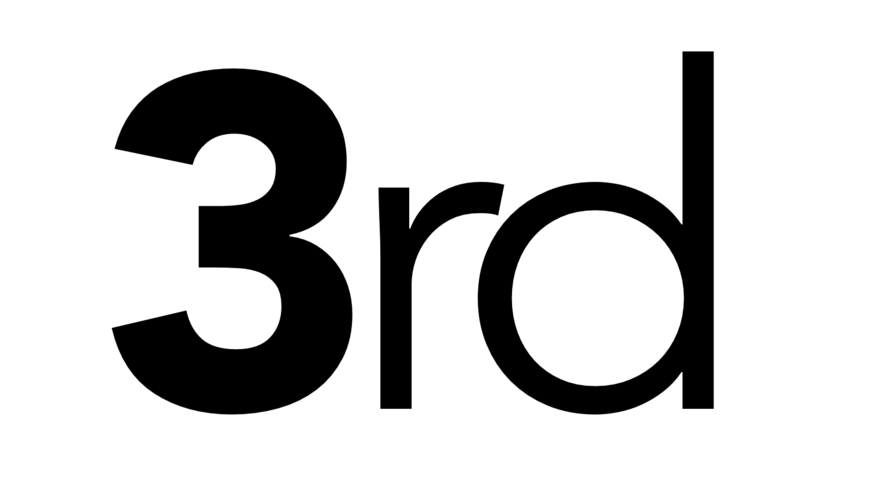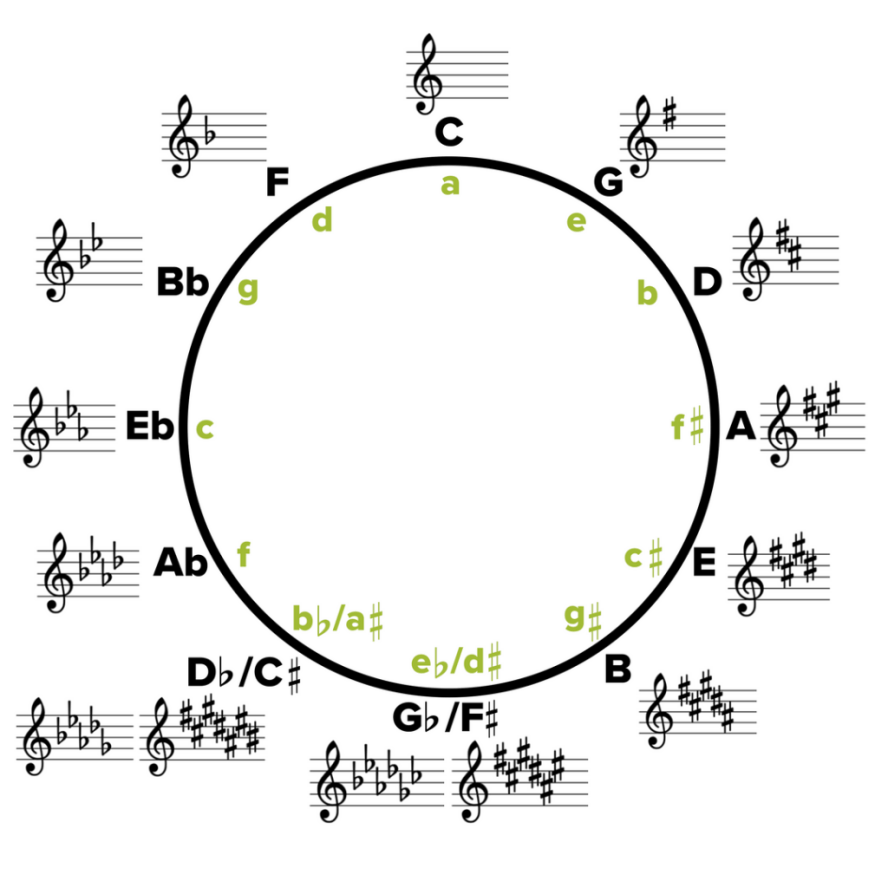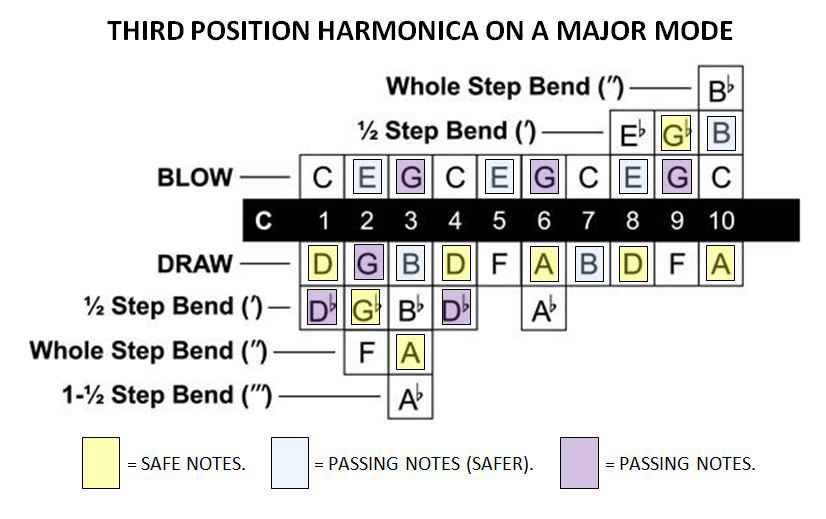
Yearning to play harmonica in third position? Does this position really work best on a minor tune? etc. If you are eager to know everything about playing the blues harp in position three, this free lesson will justify your curiosity and more! If you want to check our third position online harmonica course, click here.
When we observe the circle of the fifth closely, the third position can be depicted as the one preceding the tone of the song by two positions, quite eminent while scrolling the circle counterclockwise. For example: if we take a C harp, it's obvious that we can play in third position on a D song. The same rule applies even if we take A harmonica; i.e. we can play in third position on a B tune.

Typically, the third position on a diatonic harmonica is used to play minor songs, but it's purpose doesn't end here; we can also utilize it for major and blues songs. We'll find more about this in the next passage.
Once we have selected both, the harmonica and the position to play wherein, we must explore the instrument therafter, to assess which notes are good enough to play in the chosen tonality, which ones are missing, and not to mention the notes we must avoid playing at all because they are scarcely part of the question.
We always presume that the same position can be used for playing in variety of musical contexts since a song can be major, minor, or blues and although, we are cautious about the kind of performance we want to get, but just because the same position is offering useful notes to play melodies, doesn't guarantee that it might be efficient enough to produce chords too. We will address this issue in another lesson.
Let's start exploring harmonica in third position on a major song.
The answer to the question, "What characterizes a major tune?" would be: the third interval of its reference scale. In the case of a C major song, the third is E. If this note is natural, the song will be major, if it is flat, the song is supposed to be minor. And the 'blues mode'?
Let's say it's present in the middle of the continuum of two extremities; i.e. major and minor because both the major and minor thirds can be played on the blues. The minor third is called 'blue note', and that's what categorizes the blues musical genre.
Let's go back to the major tonality and the third position harp: we take a C harmonica and play on a D tune.
If the song is in D major, its reference musical scale will have the following notes: D, E, F#, G, A, B, C#.
Not all the notes of this scale are to be found on the C harp. In fact; we obtain F#, on holes 2 draw and 9 blow only, with the bending technique. Also the sharp C is available on the 1 and 4 holes draw with bending of a half-tone.
Don't worry! You can take benefit from other notes also to play.
If we successfully visualize the conceptual hierarchy, present among the notes of the scale, we'll always be able to recognize which notes to use and why. One must realize that though each note has a specific function with respect to the scale of reference but also in accordance with the chord produced by the chord sequence of the song.
When we are playing in third position, the most important note is the same one that gives the name to the key; in case of major D, it's the D note. Let's suppose this note is grade 1, so that even if we change harmonica the reasoning remains the same. I always refer to the notes emitted by a C instrument, to study these concepts, as these are the notes that will be transposed for us later by the harmonica when we change the key.
The D is located on holes 1, 4 and 8 draw. Whenever we play these holes we'll always be tuned with the song.
The second important note to play in third position is F sharp: the third grade, because as we perceive, this is the one that determines the mode of the tune. Because we are on a major song, the harmonica makes this note available on the holes 2 draw and 9 blow, both with half-tone bending.
The third note for the third position is A: the fifth degree, and we find it on the holes 3 draw with a whole-tone bending, as well as on holes 6 and 10 draw.
These are the important notes because they form the D major chord.
We continue with other notes now:
The E note or second interval plays delightfully anywhere in the major D key, and we find it on holes 2, 5 and 8 blow. You can use this note as a passing note.
The G or fourth interval is advised to be used as a passing note because in some contexts it might appear a bit 'off the theme'; e.g. regarding the harmonic progression of the piece. You will find this note on hole 2 draw, 3, 6 and 9 blow.
The B note or sixth interval can be played casually and has no contraindications. You will find it on holes 3 and 7 draw, as well as on hole 10 blow with half-tone bending.
The last note we are going to discuss is C#. This peculiar note is signified as 'sensitive', and is best used as a passing note. As I explained to you in the beginning of the article, we can avail this note only on the l holes and 4 draw with half-tone bending.
To make learning - for playing in the third position on harmonica - easier for you; I’ll present before you the notes layout of the instrument, on which I have based the illustrattion of 'hierarchy of notes' to play.

We will now perform the same analysis for a minor tune:
Alongwith minor mode comes several reference scales to ponder, the important thing however is that the third must be played flat: e.g. in case of D; the F becomes natural.
The minor 'dorian' scale contains: D, E, F, G, A, B,C. Let me point out that these notes are the same as those that constitute the C major scale, so we are compelled to deduce that with a C harp, we can easily play in third position on a minor D song. That's why the third position is so successful!
In this minor scale, the grade 3 (F) as well as the grade 7 (C) become. Wondering where to find these notes on the harmonica; the answer is, F is found on hole 2 draw with bending of a whole tone, and on holes 5 and 9 draw. We get a C by just blowing on holes l,4, 7 and 10.
Attention! When you play in third position on a minor or blues tune, avoid playing holes 3 and 7 draw; these produce the grade six of the scale that does not sound good if played natural. If you really want to play the sixth degree, play it flat: e.g. in our case it would be a flat B.
Let's analyze harmonica notes to play the blues in 3rd position.
the D blues scale consists of the following notes: D, F, G, G#, A, C.
In addition to the notes that we already know regarding harp, we find G sharp as bending of three half-tones on the hole 3 draw and on the hole 6 draw with bending of half tone. It means that we can play two octaves of D blues scale on holes l to 8. This is yet another point going in favour of the third position harmonica.
Let's review how third position can be used:
Third position harmonica on major tunes: Possible with some limitations
Third position harmonica on minor and minor blues tunes: Strongly recommended.
Third position harmonica on blues tunes: Useful but doesn't express its full capacity.
Here is the bottom line of this article: You are invited to explore other positions with the harmonica to learn how to manage this wonderful instrument purposefully.
If you want to comment this lesson use the contact form available here.
Billy Robinson
I love 3rd position, and you explained it really well. I play the third and fifth position on minor tunes, sometime third position on a few major tracks too. I think it gives his best on minor contexts.
Maurice Ghaiger
Thank you for this lesson. You helped me in understanding better which notes I can play when I am performing minor tunes. Congratulations for your website too.
Craig Willow
I'm starting to learn harmonica now and I had not idea about positions. I find your lesson very clear and full of useful notions. Thank you.